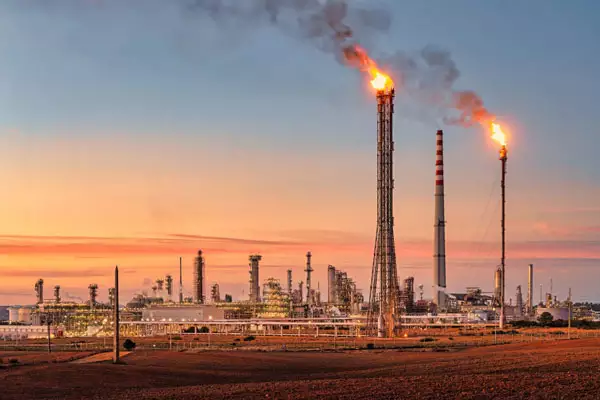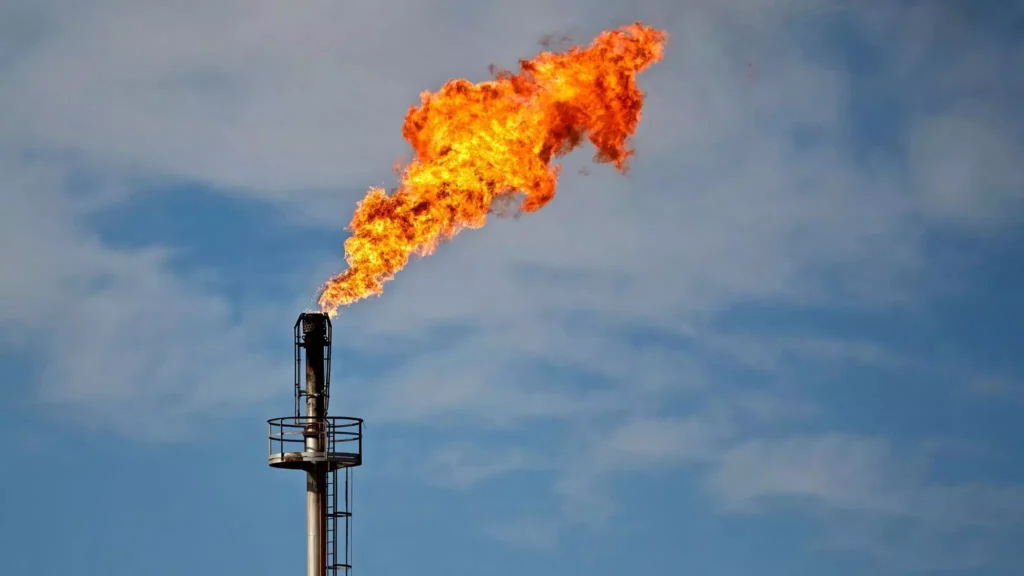World Bank’s “Global Gas Flaring Tracker Report“: Recently released by the World Bank in collaboration with the Global Flaring and Methane Reduction (GFMR) Partnership.
Key Highlights of the Report:
- In 2023, gas flaring activities globally resulted in 23 million tonnes of CO2 emissions, marking a 7% increase from 2022, despite a mere 1% rise in crude oil production.
- Major contributors to gas flaring include Russia, Iran, Iraq, and the USA.
About Gas Flaring:
- Gas flaring is the process of burning natural gas associated with oil extraction.
Reasons for Use:
- Considered safer as it helps manage large pressure variations by burning any excess gas.
- Economically viable, especially in remote and inaccessible oil field locations.
Disadvantages:
- Releases CO2, black carbon, and other pollutants.
- Wastes a significant amount of valuable energy resources.
Initiatives to Control Gas Flaring:
- The Zero Routine Flaring by 2030 (ZRF) initiative by the World Bank aims to eliminate routine flaring at oil production facilities globally.
| UPSC IAS Preparation Resources | |
| Current Affairs Analysis | Topperspedia |
| GS Shots | Simply Explained |
| Daily Flash Cards | Daily Quiz |



